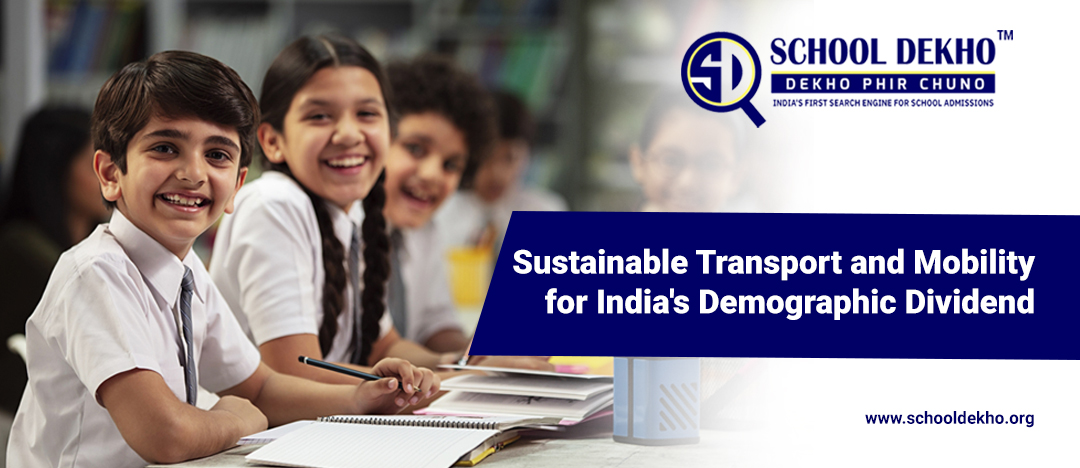
Sustainable Transport and Mobility for India's Demographic Dividend
India's economy is one of the fastest-growing economies in the world, with a projected GDP growth rate of 10% by 2025. However, this growth can only be sustained if it is supported by a robust transport infrastructure and efficient mobility solutions. Sustainable transport and mobility are crucial to ensuring that India's growth story delivers its full potential for the greatest youth generation in history, an amazing potential demographic dividend.
India is home to the largest youth population globally, with over 600 million people under the age of 25. This demographic dividend is a significant advantage for the country, but it can only be harnessed if the young population has access to education, employment, and other opportunities. A sustainable transport and mobility system can play a critical role in ensuring that the youth population can access these opportunities.
One of the major challenges facing India's transport infrastructure is the heavy dependence on fossil fuels. The transportation sector is one of the significant contributors to greenhouse gas emissions, which leads to air pollution and climate change. The government has recognized this challenge and has set ambitious targets to reduce carbon emissions by 30-35% by 2030. Achieving these targets will require a significant shift towards sustainable transport options, such as electric vehicles, public transport, and non-motorized modes of transport like cycling and walking.
The adoption of electric vehicles (EVs) in India has been slow due to several challenges, including the high cost of EVs, limited charging infrastructure, and range anxiety. The government has implemented several policies and initiatives to promote EV adoption, such as tax incentives, subsidies, and investment in charging infrastructure. Additionally, public transport systems like metro rail, buses, and trams can play a significant role in reducing carbon emissions while improving mobility in cities.
Non-motorized transport options like cycling and walking are not only environmentally friendly but also promote health and well-being. These modes of transport can be particularly useful for short trips, reducing congestion and improving air quality in cities. The government has launched several initiatives to promote cycling, including the implementation of cycle lanes and the introduction of public bike-sharing schemes.
In conclusion, sustainable transport and mobility solutions are crucial to ensuring that India's growth story delivers its full potential for the greatest youth generation in history. The government's ambitious targets to reduce carbon emissions and promote sustainable transport options are an excellent start, but there is still a long way to go. The private sector and civil society must also play an active role in supporting sustainable transport solutions and promoting a culture of sustainable mobility. With the right policies, investment, and innovation, India's demographic dividend can become a driving force for sustainable development.
Contact with Us
Call: 1800 - 2588 - 074
Mail: info@schooldekho.org
Student’s Best Education Portal | School Dekho | India's First School Search Engine | Best Schools Near Me | Find Schools Near Me | Dekho Phir Chuno
#dekhophirchuno







.webp)
.webp)
Leave your thought here
Your email address will not be published. Required fields are marked *